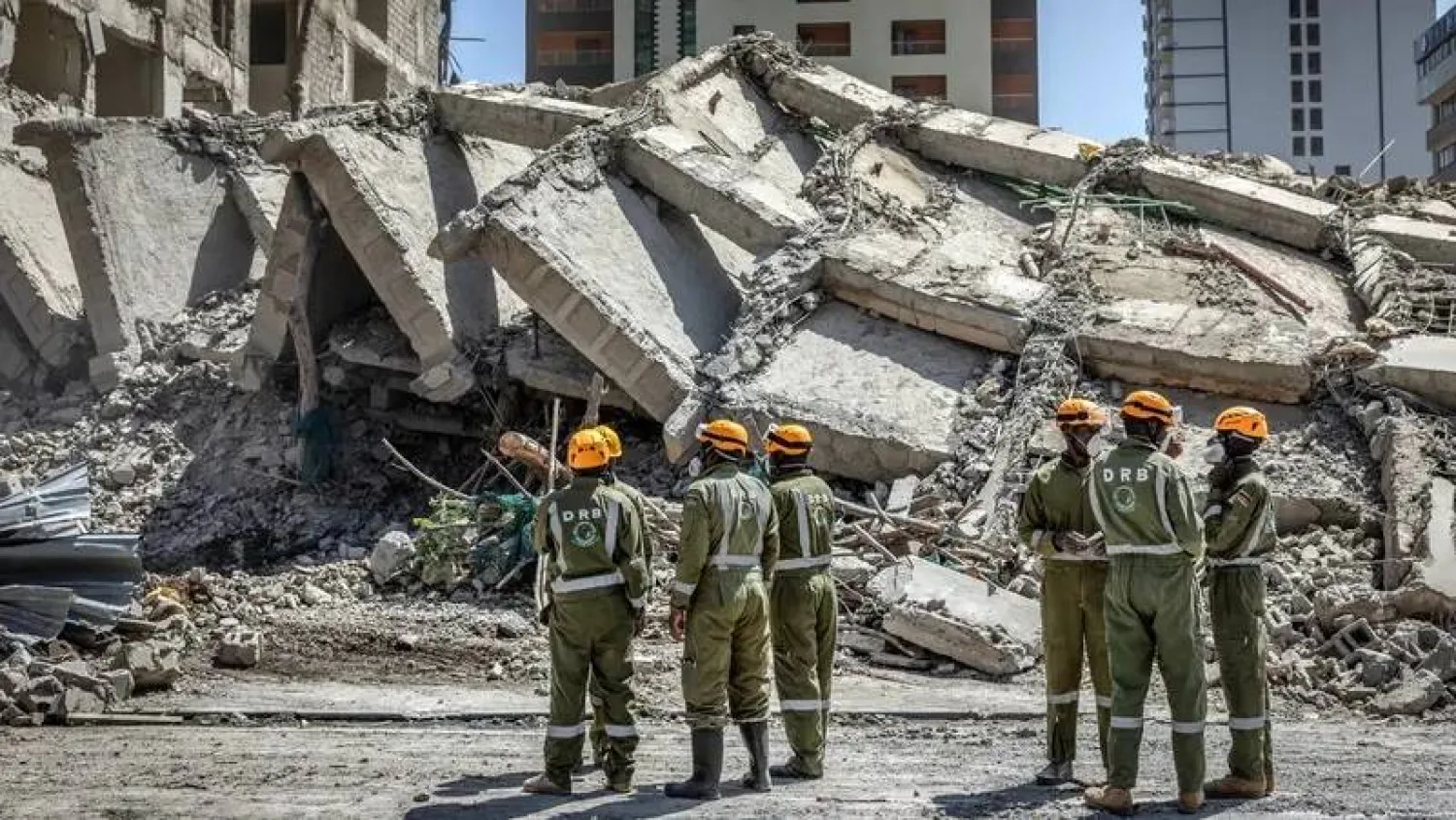President Volodymyr Zelenskyy on Friday appointed the head of Ukraine's military intelligence as his new chief of staff, a move that comes as the US leads a diplomatic push to end Russia's nearly 4-year-old invasion.
In announcing the appointment of Gen. Kyrylo Budanov, Zelenskyy said Ukraine needs to focus on security issues, developing its defense and security forces, and peace talks -- areas that are overseen by the office of the president, The Associated Press reported.
Zelenskyy had dismissed his previous chief of staff, Andrii Yermak, after anti-corruption officials began investigating alleged graft in the energy sector.
Budanov, 39, is one of the country’s most recognizable and popular wartime figures. He has led Ukraine’s military intelligence agency, known by its acronym GUR, since 2020.
A career military intelligence officer, he rose through the defense establishment after Russia’s illegal annexation of Crimea in 2014. He also took part in special operations and intelligence missions linked to the fighting with Moscow-backed separatist forces in eastern Ukraine before the full-scale invasion of February 2022. He reportedly was wounded during one such operation.
Since the full-scale invasion. Budanov has become a prominent face of Kyiv’s intelligence effort, regularly appearing in interviews and briefings that mix strategic signaling with psychological pressure on Moscow. He has frequently warned of Russia’s long-term intentions toward Ukraine and the region, while portraying the war as an existential struggle for the country's statehood.
Under Budanov, the GUR expanded its operational footprint, coordinating intelligence, sabotage and special operations aimed at degrading Russian military capabilities far beyond the front lines. Ukrainian officials have credited military intelligence with operations targeting Russian command structures, logistics hubs, energy infrastructure and naval assets, including strikes deep inside Russian territory and occupied areas.
His appointment to lead the office of the president marks an unusual shift, placing a serving intelligence chief at the center of Ukraine’s political and diplomatic coordination. Zelenskyy has framed the move as part of a broader effort to sharpen the focus on security, defense development and diplomacy.
“Kyrylo has specialized experience in these areas and sufficient strength to achieve results,” Zelenskyy said.
Budanov said on Telegram his new position is "both an honor and a responsibility — at a historic time for Ukraine — to focus on the critically important issues of the state’s strategic security.”
Russian authorities said Friday the death toll from what they called a Ukrainian drone strike on a cafe and hotel in a Russian-occupied village in Ukraine’s Kherson region rose to 27. Kyiv strongly denied attacking civilian targets.
Svetlana Petrenko, spokeswoman of Russia's main criminal investigation agency, the Investigative Committee, said those killed in the village of Khorly, where at least 100 civilians were celebrating New Year's Eve, included two minors, while 31 people were hospitalized.
A spokesman for Ukraine’s General Staff, Dmytro Lykhovii, denied attacking civilians. He told Ukraine's public broadcaster Suspilne on Thursday that Ukrainian forces “adhere to the norms of international humanitarian law” and "carry out strikes exclusively against Russian military targets, facilities of the Russian fuel and energy sector, and other lawful targets.”
He noted that Russia has repeatedly used disinformation and false statements to disrupt the ongoing peace negotiations.
The Associated Press could not independently verify claims made about the attack.
US President Donald Trump’s special envoy Steve Witkoff said Wednesday that he, Secretary of State Marco Rubio and Trump’s son-in-law and adviser Jared Kushner had a “productive call” with the national security advisers of Britain, France, Germany and Ukraine “to discuss advancing the next steps in the European peace process.”
The US efforts has faced a new obstacle earlier this week, when Moscow said it would toughen its negotiating stand after what it said was a long-range drone attack against a residence of Russian President Vladimir Putin in northwestern Russia early Monday.
Kyiv has denied attacking Putin’s residence, saying the Russian claim was a ruse to derail the negotiations.
In his New Year’s address, Zelenskyy said a peace deal was “90% ready” but warned that the remaining 10% — believed to include key sticking points such as territory — would “determine the fate of peace, the fate of Ukraine and Europe, how people will live.”
New overnight attacks Elsewhere in Ukraine, Russia struck a residential area of Kharkiv with two missiles Friday, Zelenskyy wrote on his Telegram page, adding that Moscow's forces "continue the killings, despite all the efforts of the world, and above all the United States, in the diplomatic process.”
At least 15 people in the eastern city were injured, according to regional administration head Oleh Syniehubov.
Earlier Friday, Russia conducted what local authorities called “one of the most massive” drone attacks at Zaporizhzhia. At least nine drones struck the city, damaging dozens of residential buildings and other civilian infrastructure but causing no casualties, according to Ivan Fedorov, head of the regional administration.
Overall, Russia fired 116 long-range drones at Ukraine, according to Ukraine’s air force, with 86 intercepted and 27 striking their targets.
The Russian Defense Ministry said its air defenses intercepted 64 Ukrainian drones overnight in multiple Russian regions.
The Russian city of Belgorod was hit by a Ukrainian missile, according to regional Gov. Vyacheslav Gladkov. Two women were hospitalized after the strike, which shattered windows and damaged an unspecified commercial facility and a number of cars in the region that borders Ukraine, he said.









